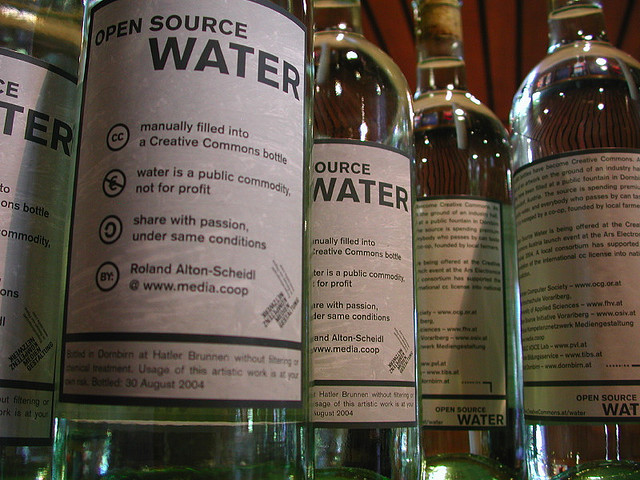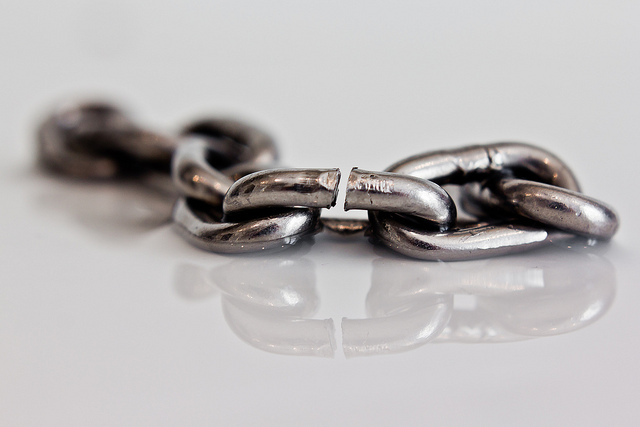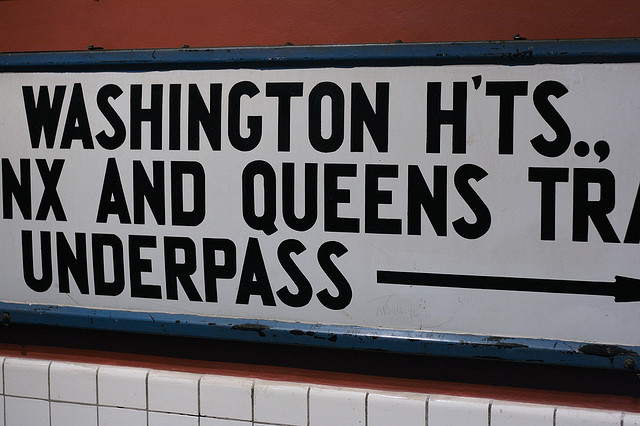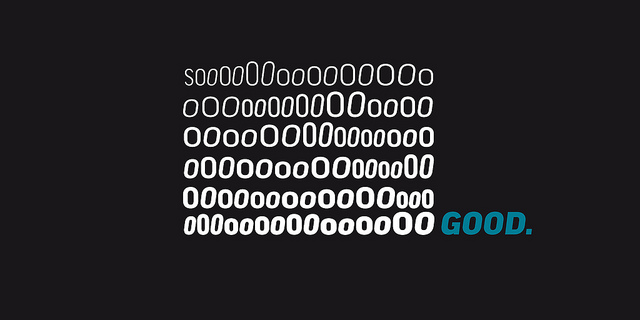Have you ever slaved away on an essay or other writing project, only to find yourself unable to think clearly, concentrate, or focus? Probably—most of us have. This is due to the simple fact that no one can do an activity constantly, without rest. If we try to do so, our ability to hone in on exactly what we’re doing becomes impaired.
Management professionals have known for decades that a worker who goes non-stop for several hours will not be as productive as someone who takes an occasional break. Why? We are designed in such a way that, unlike some purely mechanical machines, we’ve got to stop once in a while.
Here are some tips to help with all this.
Find your optimum break time:
It has been recommended that if you’re reading, it’s a good idea to rest your eyes (by simply not staring at a page or a screen) after 20 minutes. How long should you rest? For a few minutes—at least two, but probably not more than five. But different people are different, so you need to find the amount of time that works best for you to first work, then have a break, and then return to work.
Activities for your break
The main thing here is that you can do just about anything, as long as it’s different from what you were doing. For example, since you would have been sitting at a computer, thinking, typing, and staring at a screen, you should now do something totally different. Here are some possibilities:
- Get up and walk around
- Lie down (be careful with this one if you have more work to do)
- Have something to eat or drink
- Talk to someone
- Pray (not a bad idea, especially if your essay is important)
Some things you should not do include watching TV (which is staring at another screen), reading, or thinking deeply about anything.
So, remember to give it a rest, once in a while. You’ll end up being more relaxed and efficient, and your essay will likely show it.





